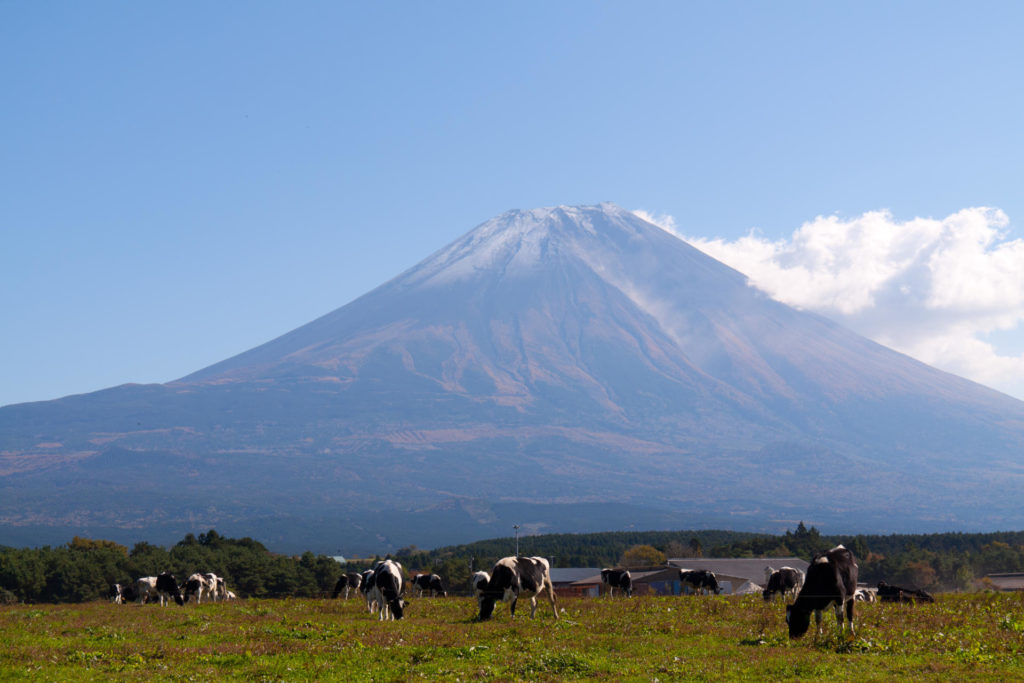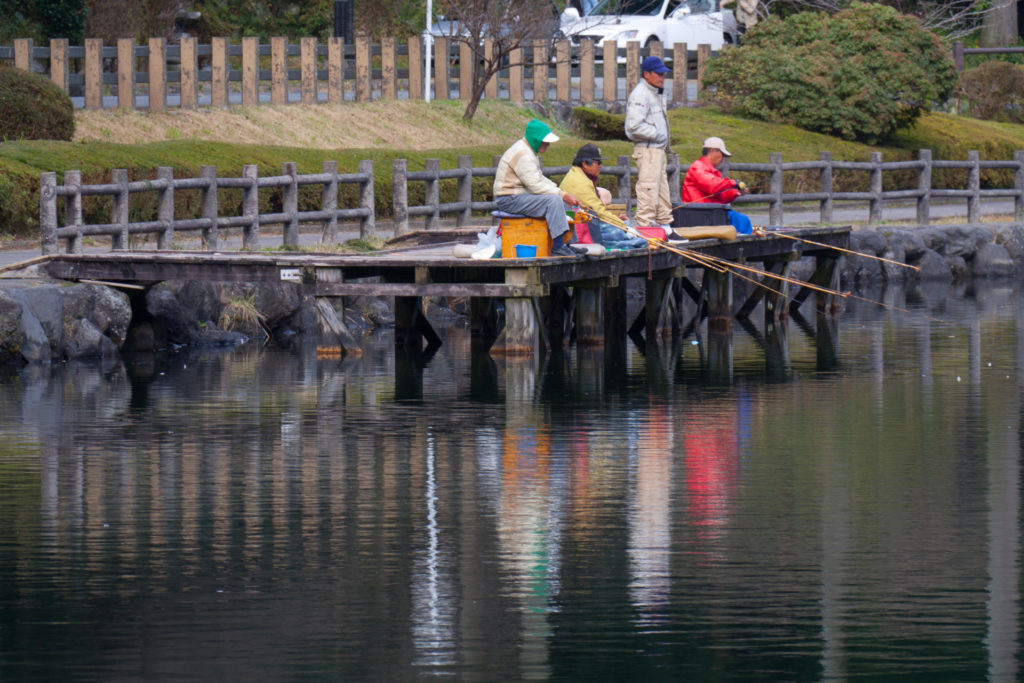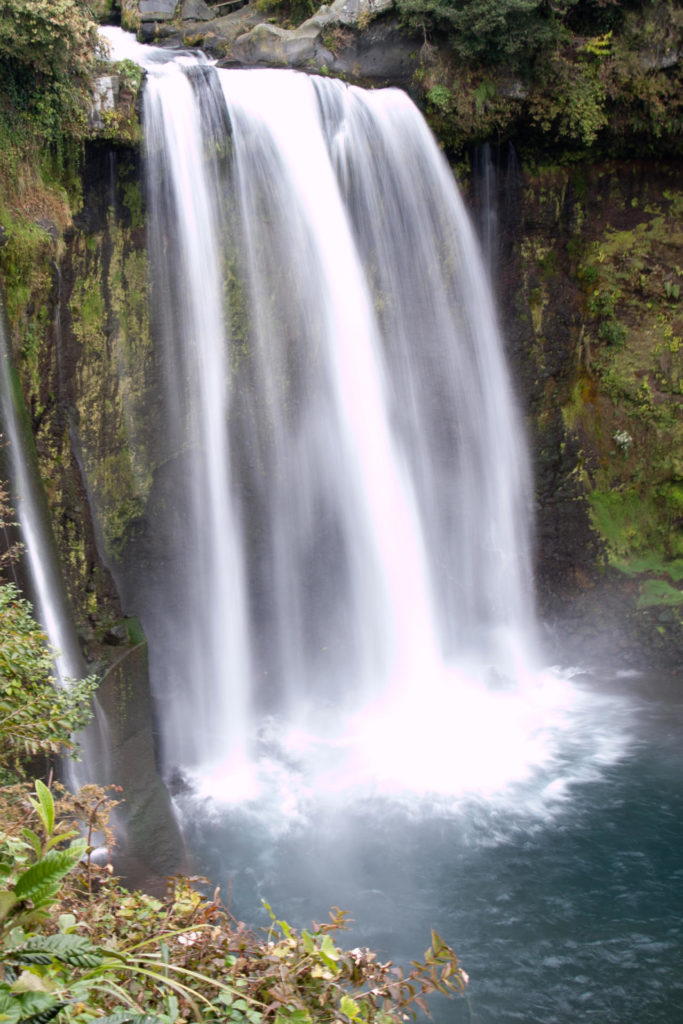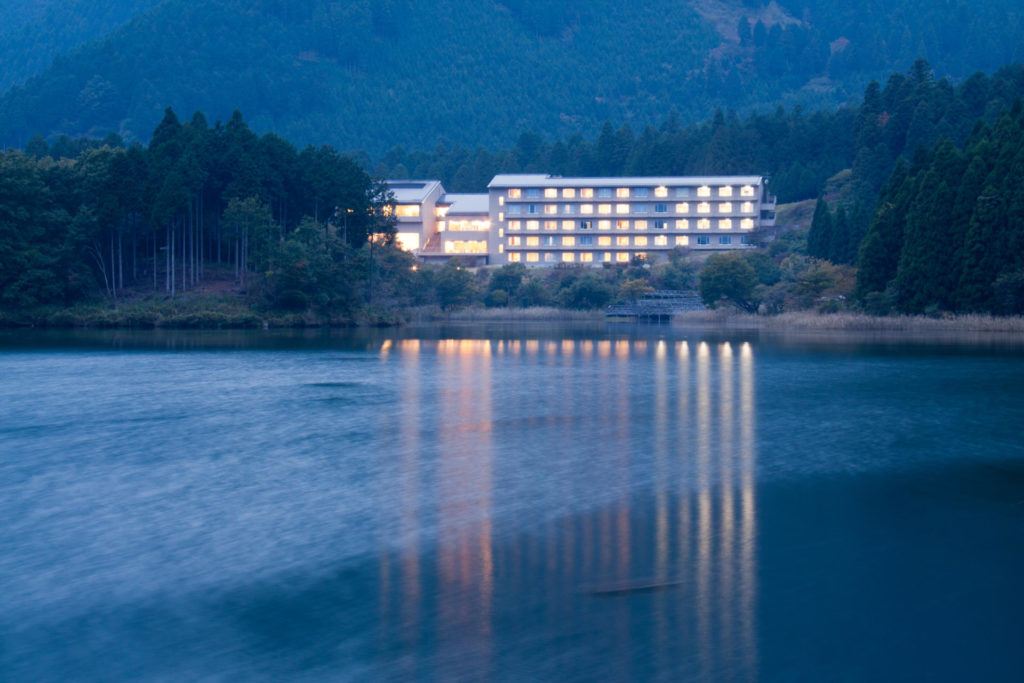What is 3776.24 meters tall, weighs a gazillion tons, is revered by millions and is the quintessential symbol of Japan? If you answered “Sky Tree,” it may be time to head out of Tokyo and get a fresh perspective on things. Fuji-san awaits.

The first time I heard the name “Fuji-san,” I thought the locals respected the mountain so much they referred to it with an honorific title. San, however, is the Chinese reading of yama or “mountain.”
There are a few theories as to the origin of the name with some believing the original name to be Fuji-yama, which means “second to none in size,” or Fujin-yama, “mountain surpassing all others.” Another popular theory is the name came from the Ainu (original inhabitants of Japan) word funchi, meaning “god-of-fire.”
Every year, Mt. Fuji attracts more than 200,000 climbers, with 30 percent of them being foreigners. Climbing the mountain usually begins at the Fifth Station, of which there are four, the most popular being the Kawaguchi-ko Station, at 2,300 meters, also the highest. From here it is just a five-to-eight-hour hike to the top.
The official climbing season runs from July through the end of August. The station hosts a number of shops and eateries as well as a shrine to protect trekkers. Take the time to tuck into a Fuji-sized plate of curry rice or a Fuji-shaped melon pan (bun) on offer…delicious.
Synonymous with the mountain is Fuji Goko, or the “Fuji 5 Lakes,” each offering its own perspective from which to enjoy the view.
The largest is Yamanaka-ko. Here, there are plenty of places to pitch a tent, eat a good meal or enjoy a resort-style vacation. You can enjoy water sports and fishing activities as well as the many vantage points from which to see Mt. Fuji.

Kawaguchi-ko, a 30-minute drive from Yamanaka-ko, is the area’s central hub. The shore of the lake hosts numerous eateries and attractions, and it is the center of the area’s sport fishing. With easy access from Tokyo, and to the mountain, here is where many begin their close encounter with Mt. Fuji. It is also home to Fuji-Q Highland Park. The theme park hosts some of the fastest rides in Japan and offers some interesting views of the mountain.
Kawaguchi-ko is great place to try the local delicacy, hōtō. It’s a miso-based dish made of thick, wide noodles, veggies galore and sometimes game meat such as boar or pheasant. I can vouch for the pheasant version which I enjoyed at the Kijizuku restaurant in town.
Between the two lakes lies the small village of Oshino. It is a national treasure famous for the pure water that flows out of the eight springs. The springs are fed from the melting snow from atop the mountain. After an 80-year journey through rock and pumice, the water emerges in the village where it is noted for its purity and high mineral count.
Sai-ko sits about 15 minutes (by car) west of Kawaguchi-ko. One of the smaller lakes, it is famous for the pleasant campgrounds as well as easy access to nearby caves popular to explore. Here you’ll find caves with icicles, wind caves noted for the year-round warm temperatures, some home to large colonies of bats.
Aokigahara Jukai, or the “sea of forest,” lies between this lake and the foot of Mt. Fuji. The forest itself has a morbid history, due to the number of suicides, second only to the Golden Gate Bridge. Venturing into the forest, your unease may be heightened as your compass goes haywire if it responds at all.
Traveling farther west, we find ourselves on the shore of cheerful Shoji-ko, the baby of the Fuji Five Lakes family. It is noted for its upside-down view of Mt Fuji reflected in the still water.
The last of the five lakes is Motosu-ko. It is the deepest of the lakes with a depth of 138 meters. The lake’s main claim to fame is the fact it adorns Japan’s ¥1,000 note, yet is it also well-known by windsurfers. All five lakes are in Yamanashi Prefecture and can be found along Rt. 139 from the west or 138 from the east.
Continuing west, we say goodbye to Yamanashi and hello to Shizuoka Prefecture, as we make our way onto the Asagiri Kogen or Asagiri (Morning Fog) Plateau. From here, forests and wild lands give way to pastures, and the scene becomes rural. The plateau affords many uninterrupted views of the great cone.
The Asagiri Road Station is also a great place to savor local dairy and meat goodies. Music lovers come to the area each autumn for the Asagiri Jam, a more intimate event from the organizers of the Fuji Rock Festival, which attracts some big names.
There are some spectacular distractions here such as Jinba-no-taki, a six-meter waterfall that sits off the main road in the village of Inakoshira. Despite its charm, it isn’t featured in many travel rags yet, and it can be quite difficult to find. It is best to ask locals who should be able to point you in the right direction. Not only is it a stunning little waterfall, but also the water tastes delicious.

The pièce de résistance of a sojourn around Fuji is Tanuki-ko. The small man-made lake, used to drain surrounding rice fields, is considered by many as the best place from which to view Mt Fuji. Photographers flock to the area, particularly around April and late August, hoping to immortalize Fuji Diamond, when the sun rises directly over the mountain. Depending on the weather, the sunrise from here is stunning in any season.
Tanuki-ko hosts the government-run hotel Kyukamura Fuji. There are 36 similar establishments across the country that make up the National Park Resort Villages of Japan. As the name suggests, they are all found in and around national parks, and they offer a little bit of luxury at very reasonable prices.
Kyukamura Fuji is the most popular, and it can be booked solid all year ’round, so you need to reserve a room well ahead of time. The rate includes a room with a panoramic view of Fuji as well as a buffet style dinner and breakfast featuring local cuisine.

There is a magnificent onsen bath (indoor) from which to watch the sunrise over Fuji. The hotel is a hop, step, jump away from the lake and the surrounding park. Camping is also available. Another treat to the south is the Shirai-no-taki, or the “falls of white thread.” It is one of the area’s prettiest attractions and a great place to soak up some minus ions.
Temperatures range from mild, during the day around the foot of Mt. Fuji, to really cold up at the Fifth Station. Evenings are chilly at this time of year (fall) so dress in layers.
Getting Around
Buses run daily from Shinjuku directly to Kawaguchi-ko 5th Station. Frequency is dependent on the season, and the 140-minute trip costs ¥2,600 one way. Check timetables for trains to Kawaguchi-ko.
To Kyukamura and Tanuki-ko: From JR Fuji Station, take the Minobu Line to Fujinomiya Station. Take the bus bound for Kyukamura Fuji. About a 45-minute ride. Get off at the last stop.
Buses also run from Kawaguchi-ko and Fujinomiya stations to Shiraito Falls, but you need to check locally for times.
Useful Information
Kyukamura Fuji
Address: 634, Saori, Fujinomiya-shi, Shizuoka-ken
Tel: (0544) 54-5200
E-mail: fuji@qkamura.or.jp
Web: www.qkamura.or.jp
Kijizuku Restaurant (Kawaguchi-ko)
Tel: (0555) 72-0610
Useful Links
- Hyperdia: www.hyperdia.com
- Asagiri Kogen: www.asagiri-kogen.com (Japanese only)
- Fuji Q Highland: www.fuji-q.com
- Wiki Travel: http://wikitravel.org/en/Mount_Fuji
- Yamanashi Tourism: www.yamanashi-kankou.jp
- Shizuoka Tourism: www.pref.shizuoka.jp




